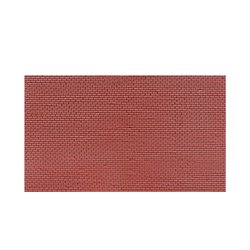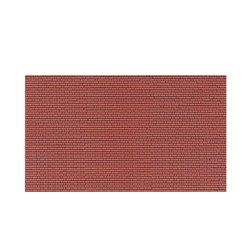Generally, plastic model plane kits do not come with plinths supplied. Nowadays, the majority of kits are designed to...
No products
Product successfully added to your shopping cart
There are 0 items in your cart. There is 1 item in your cart.
Search Tips
Christmas and New Year
We are dispatching orders every weekday apart from Christmas Day, Boxing Day and New Year's Day.
If you order is time critical, select next day delivery at checkout.
The shop in Sandown is closed from 25th December, reopening on 30th December.
How deep should mortar lines be in 00 gauge models?
Mortar lines are the mortar or grout filled gaps between rows of bricks, stones or other types of masonry. Mortar lines are often replicated on scale-model buildings and structures to help make them appear more realistic, but are they the correct scale? and if you are scratch-building, how thick should they be?
In real-life, mortar lines are generally no thicker than 1cm thick (3/8 inch) on a brick wall. That means when scaled down to 00 gauge (where 4mm represents 1 foot) a realistic mortar line should be no greater than 0.13mm and only half of that for N gauge.
At that measurement, you would not even be able to see the mortar lines, but then don't forget, when viewing a layout your eyes are typically about three feet away from the baseboard, in real-life that's like viewing a building from a distance of 228 feet away and from that distance, mortar lines would not be too clear either.
So it would appear that mortar lines on most models are way too big, but maybe they need to be to create an effect that you can actually see.
Click here to receive the tips weekly in your mailbox. You can unsubscribe at any time.










